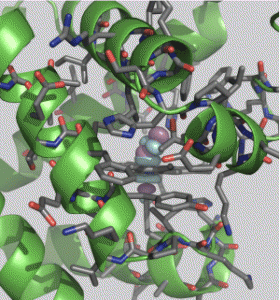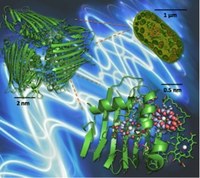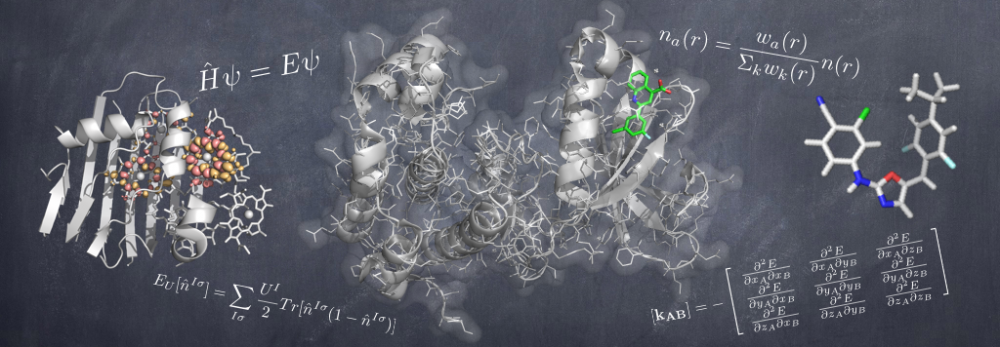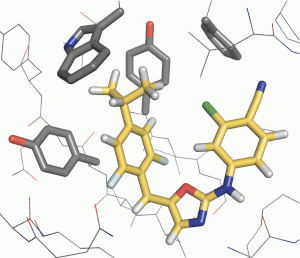Computer-Aided Drug Design
Optimisation of protein-ligand binding affinity is a central goal of small molecule drug discovery. A wide range of computational methods has been developed for this purpose, but free energy perturbation (FEP) is a particularly attractive option, because it provides a rigorous theoretical means to compute changes in the free energy of binding, limited only by the completeness of the sampling and the accuracy of the force field. Together with researchers in the Jorgensen lab, we have been investigating the use of the replica exchange with solute tempering (REST) enhanced sampling method in the design of inhibitors of HIV reverse transcriptase and the aurora A kinase – TPX2 protein-protein interaction.
- Chemical Communications 2017, 53(67), 9372-9375
- Biochimica et Biophysica Acta (BBA) General Subjects 2015, 1850(5), 966-971
- Journal of Chemical Theory and Computation 2014, 10(2), 565-571
Large-scale Density Functional Theory

Recent progress in linear-scaling density functional theory (DFT) software allows electronic structure calculations of systems comprising many thousands of atoms to be performed on a routine basis, allowing access to typical length-scales in many biomolecules. Some of the areas in the biological sciences where DFT can play an important role include the energetics of chemical reactions in enzymes, binding of small molecules by metalloproteins, and the parameterisation of model Hamiltonians to describe energy transfer in photosynthetic light-harvesting complexes. Ongoing projects include applications of the ONETEP linear-scaling DFT software in sustainable energy and medicinal Chemistry.
- Journal of Physics: Condensed Matter 2016, 28(39), 393001
- Journal of Physical Chemistry Letters 2014, 5(21), 3614-3619
- Proceedings of the National Academy of Sciences USA 2014, 111(16), 5790-5795
Force Field Design
Quantum mechanical calculations provide a very accurate description of the electronic structure of matter, but the sampling of conformational dynamics of biomolecules is beyond the reach of these techniques. Biomolecular dynamics are more commonly simulated using classical molecular mechanics force fields. We are developing a range of techniques to extract parameters of the classical force field directly from quantum mechanical simulations. In this way, force fields can be derived specifically for the system under study, thereby transforming their accuracy and ease-of-use. By making use of linear-scaling DFT calculations, we can even derive quantum mechanics-based force fields for entire proteins. See the QUBE force field page for more details. Ongoing collaborations with the Newcastle University Centre for Cancer and industry will ascertain the accuracy of the new force fields in computer-aided drug design.
- Journal of Chemical Theory and Computation 2016, 12(5), 2312-2323
- Journal of Chemical Theory and Computation 2018, 14(1), 274-281
- Journal of Chemical Information and Modeling 2019, 59(4), 1366-1381
Protein Dynamics

The room-temperature properties of biological molecules are usually not well-represented by a single structure. We are investigating the use of constrained geometric simulations to generate an ensemble of structures for electronic structure analysis. A particularly interesting application is to light harvesting complexes in which protein dynamics is thought to be a key factor in protecting and generating quantum coherence under laboratory conditions.

